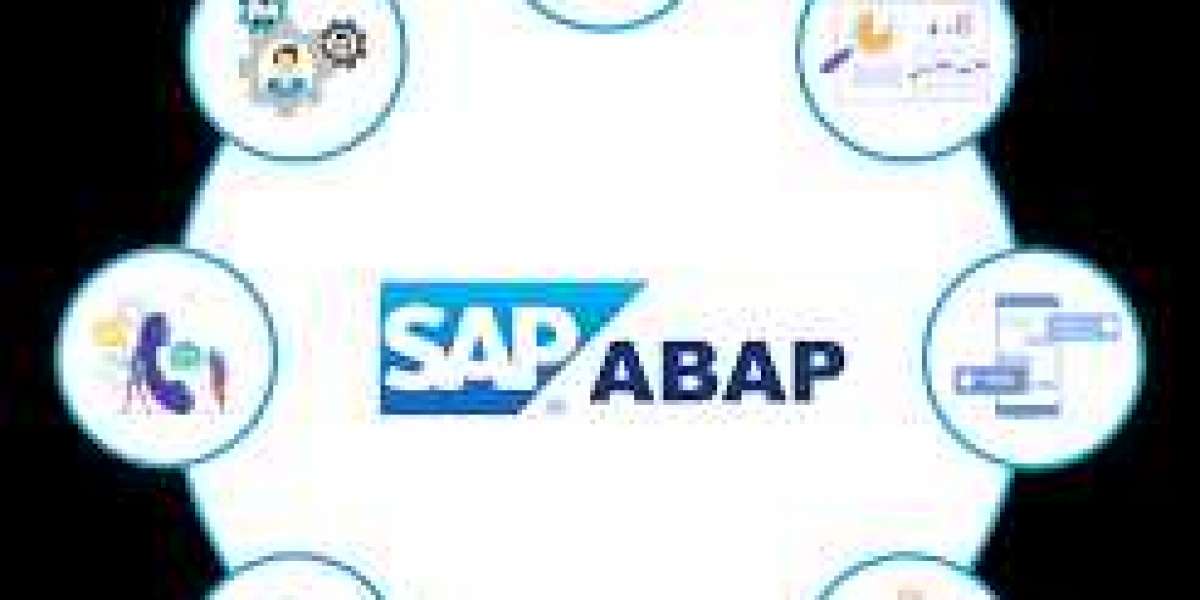SAP developed all of the SAP R/3 business modules and applications, as well as the system administration functions, using the ABAP programming language. Customers and developers can use it to customize SAP functionality to meet their own requirements. The workbench tools covered in earlier sections are used to construct and maintain ABAP programmes.
Due to its origins and growth, ABAP retains several of the fourth-generation language characteristics, including:
- It is built on structured programming approaches, which allow for modular development and code reuse.
- It closely resembles normal English, making ABAP programmes simple to read and comprehend.
- It is not a compiled language, but rather an interpreted one. This property makes it easier to test and execute older versions of programmes without having to constantly compile them.
- From simple report list programming (report programmes) to complicated transaction processing, it may be employed (dialog programs).
- It's a language that works on the basis of events.
- It works seamlessly with the rest of the workbench tools, including the screen painter, menu painter, dictionary, and so on.
- It has text components that are multilingual. This implies you can construct text components in a variety of languages without having to change the source code of the software.
- It has features for declaring variables and data types, which are similar to those used in many programming languages.
- Elements of flow control
- Elements of operation
- Components of the event
- Functions and subroutines that are controlled by a central library
- It includes a subset of typical SQL commands that provide transparent database table access regardless of the database system in use.
- It has a lot of functions for dealing with and manipulating data types including dates, strings, and floating-point integers.
SAP's strategy and technological shift toward dealing with business objects, as well as the development of Business Application Program Interfaces (BAPIs) under the Business Framework architecture, ushered in the ABAP object-oriented features. The business objects are stored in the business object repository of the ABAP Workbench (BOR). As an object-oriented language, the new ABAP, starting with version 4.x, integrates technological concepts like inheritance, encapsulation, and polymorphism to deliver benefits like cheaper maintenance costs and easier code reuse.
- The ABAP object-oriented programming language has the same basic principles and features as other object-oriented languages. The following are the most important:
- A business object, or simply an object, is a sort of entity that has all of its attributes, such as a client, a business unit, or an account. Every object has a unique identity that distinguishes it from other objects.
- Object classes, or simply classes, define the structure of the objects in a specific class as well as the interface definitions. Classes can be used to organise items that have the same structure (attributes, methods, events). Objects are often specified using classes. A specific object belonging to a class is referred to as an instance.
- The attributes of an object describe the present state of the item and provide it with its features.
- The activities that may be performed with the object are referred to as methods, and they indicate the object's behaviour.
- The object can tell or be notified of any event or state change on the system via events, allowing the system to react to such events.
- Objects also have interfaces, which are highly significant. They specify how things can be utilised regardless of how they are implemented inside.
To know more visit- SAP ABAP Course in Bangalore







